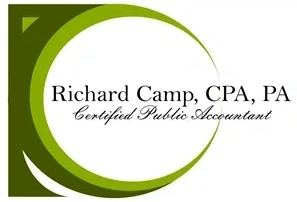Blog and Insights

Proposed Regs Address Deductibility of Entertainment and Food or Beverage Expenses
The IRS issued proposed regulations which (1) address the elimination...

No Casualty Loss Deduction for Stigmatization Resulting from Flood Damage
The Tax Court held that a taxpayer was not entitled...

Changes to Luxury Autos: New Depreciation Schedule and Lease Inclusion
IRS Provides Luxury Auto Depreciation Limits and Lease Inclusion Amounts...

Penalty Relief for Underpayment of 2018 Estimated Taxes
The IRS modified previous guidance, which had waived the penalty...

Entertainment and travel expenses
Proposed Regs Address Deductibility of Entertainment and Food or Beverage...

Qualified Business Income
Section 199A Qualified Business Income Deduction The Code Sec. 199A qualified business...

